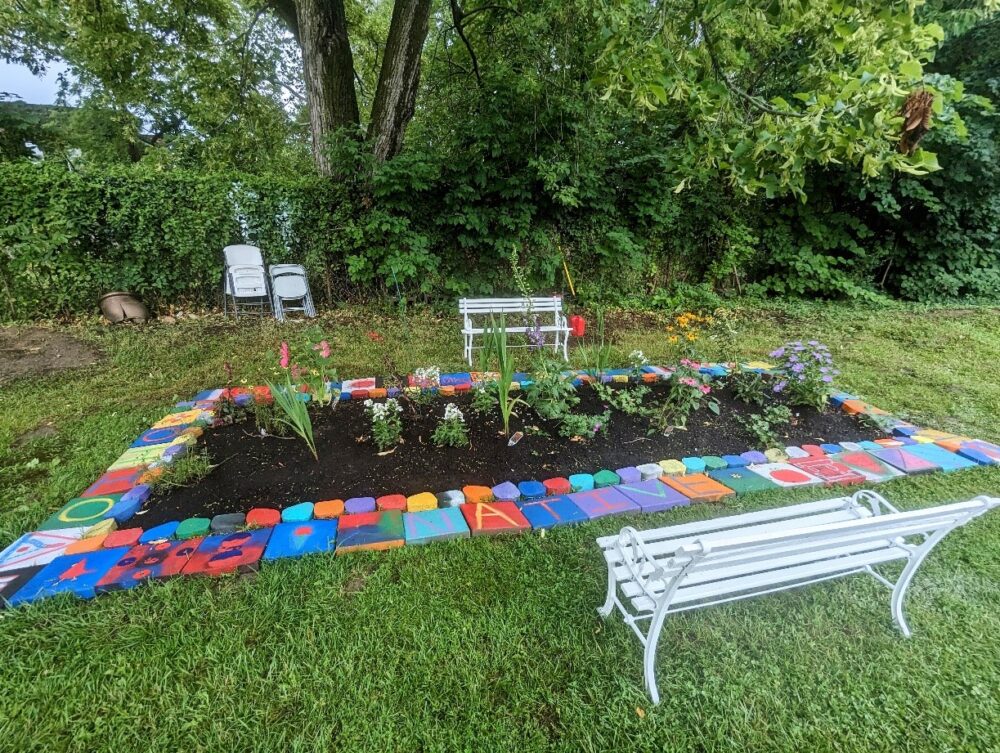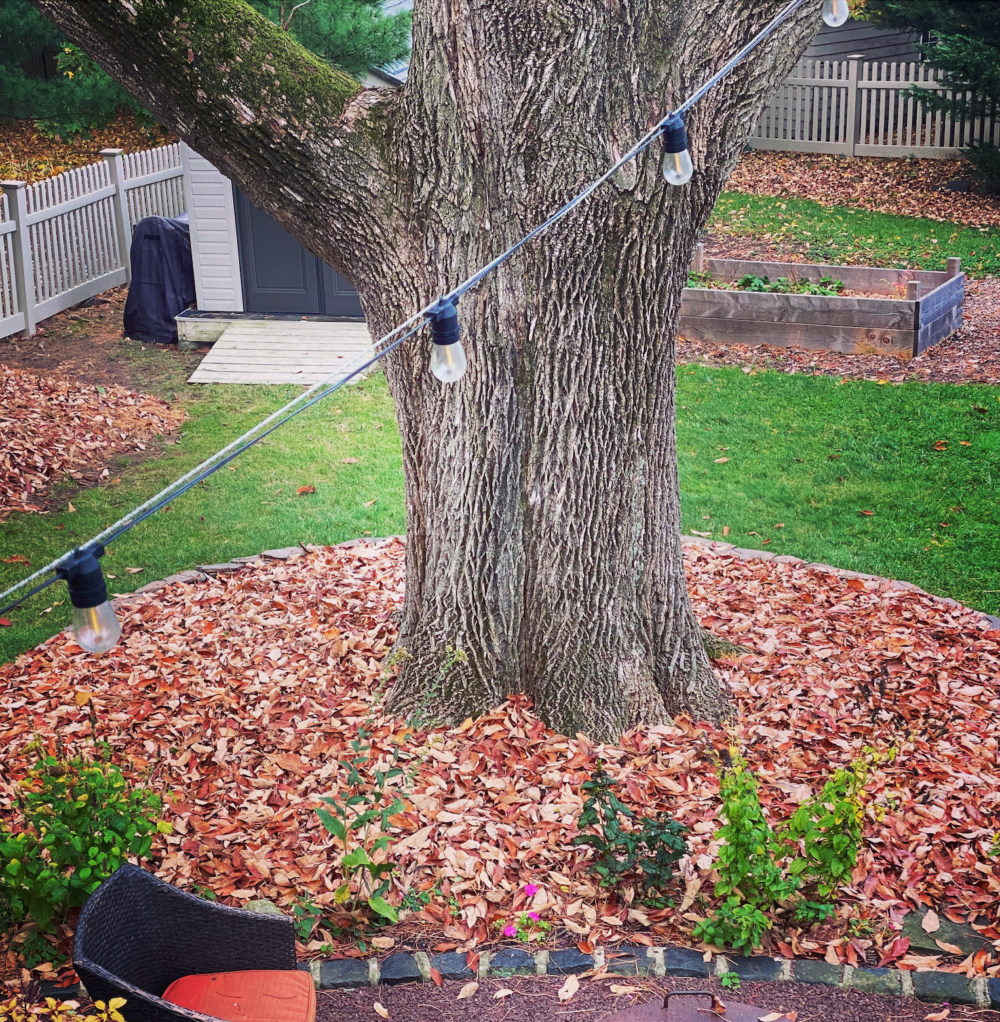We have much more to do and your continued support is needed now more than ever.
Slacker’s Guide to Gardening for Wildlife

You’ll never see my garden in the pages of Better Homes and Gardens. I’m just not that ambitious. But, this doesn’t seem to faze the critters in my neighborhood that frequently pay me a visit. To them, my unkempt backyard is a little oasis complete with food, clean water and plenty of places to hide out.
That’s right. You can attract the sweetest-sounding songbirds and most vibrant butterflies to your backyard even if you’re a lazy gardener like me. With a little up-front effort now, you can sit back and enjoy your wildlife haven all year long. Just follow these simple guidelines:
Go native in a big way: Native plants are fantastic at attracting birds and butterflies and generally require less fertilizer and less water. That means less work for you. To find carefree natives for your landscape, visit the American Beauties Native Plant Finder.
Don’t be stingy with the mulch: Mulch helps keep water in the soil and available to your plants, thus cutting down on the need for manual watering. Plus, when mulch breaks down, it provides nutrients to the soil, which can help reduce or eliminate the need for additional fertilizers. Moreover, if your mulch is the proper thickness, you could also cut down on weeding.
Say “so long” to your lawn: Grass lawns often require chemicals and frequent mowing. Moreover, they provide little value for wildlife. So, by replacing some or all of your high maintenance grass lawn with native wildflowers, bushes, and trees, you’ll be providing the food and shelter that local critters need to survive and thrive. And, to avoid any misunderstandings with your neighbors about natural landscapes and their benefits, download this handy guide to neighbor-friendly wildlife gardening.
Join others who garden for wildlife on Facebook, Twitter and flickr.
Keep the deadwood: You can create a refuge for hundreds of woodland creatures by not removing dead trees from your yard. Many animals, including birds, bats, squirrels and raccoons make nests in hollow cavities and crevices in standing deadwood. Make sure that upright dead trees called “snags” don’t pose a threat to your home or a neighbor’s.
Let the kids help: Little hands can really come in handy in the garden–from helping to create a brush pile for small mammals to filling birdfeeders. For older children, give them a small garden plot to plant natives and call their own. Visit 16 Tips for Wildlife Gardening with Kids for more ideas.




















